Breakthroughs in physics sometimes require an assist from the field of mathematics—and vice versa.
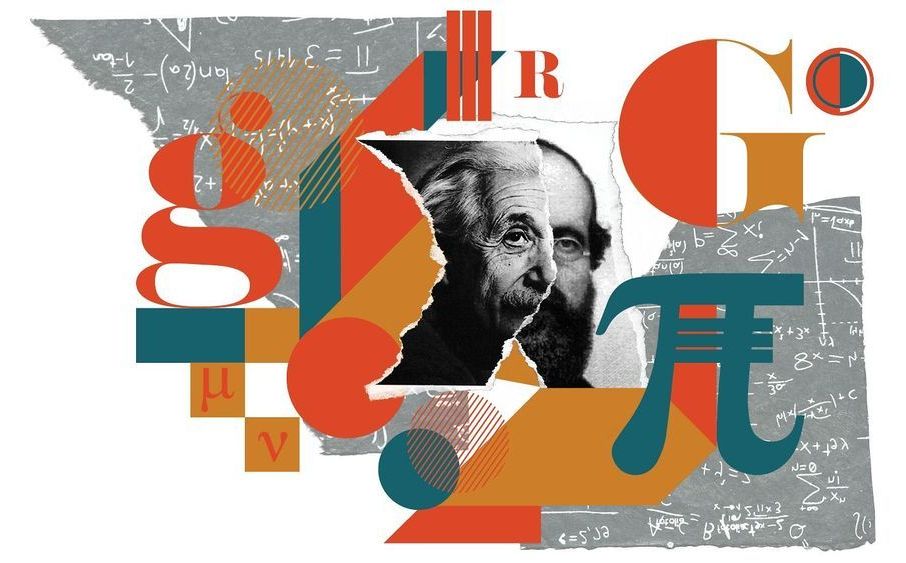

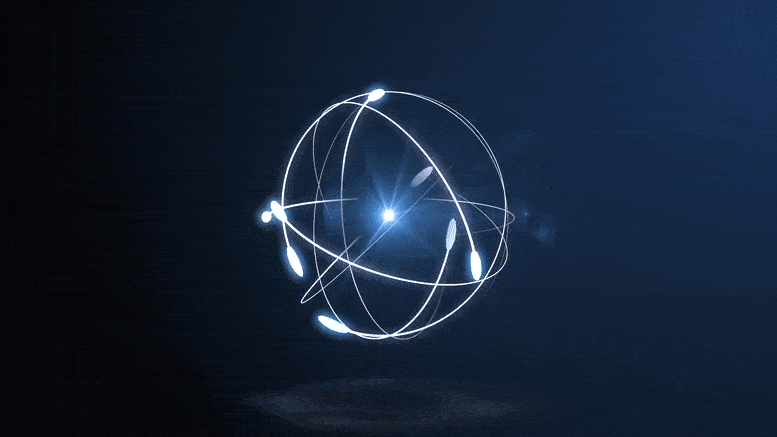
Scientists measure precise proton radius to help resolve decade-old puzzle, resulting in York University research that confirms protons are smaller than expected.
York University researchers have made a precise measurement of the size of the proton – a crucial step towards solving a mystery that has preoccupied scientists around the world for the past decade.
Scientists thought they knew the size of the proton, but that changed in 2010 when a team of physicists measured the proton-radius value to be four percent smaller than expected, which confused the scientific community. Since then, the world’s physicists have been scrambling to resolve the proton-radius puzzle – the inconsistency between these two proton-radius values. This puzzle is an important unsolved problem in fundamental physics today.
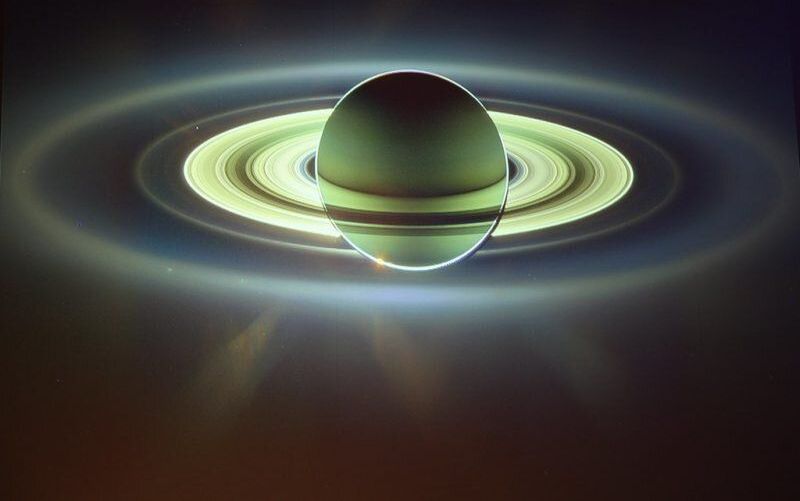
Saturn may be doing a little electromagnetic shimmy and twist which has been throwing off attempts by scientists to determine how long it takes for the planet to rotate on its axis, according to a new study.
Discovering the length of a day on any planet seems like a straightforward task: Find some feature on the planet and clock it as it rotates around once. Or, if it’s a gas giant like Jupiter, which has no solid surface features, scientists can listen for periodic modulations in the intensity of radio signals created within the planet’s rotating magnetic field.
And then there is Saturn, which for decades has defied attempts to pin down out its exact rotation period. Now a new study in AGU’s Journal of Geophysical Research: Space Physics may have finally unveiled the gas giant’s trick for hiding its rotation, and provide the key to giving up its secret.
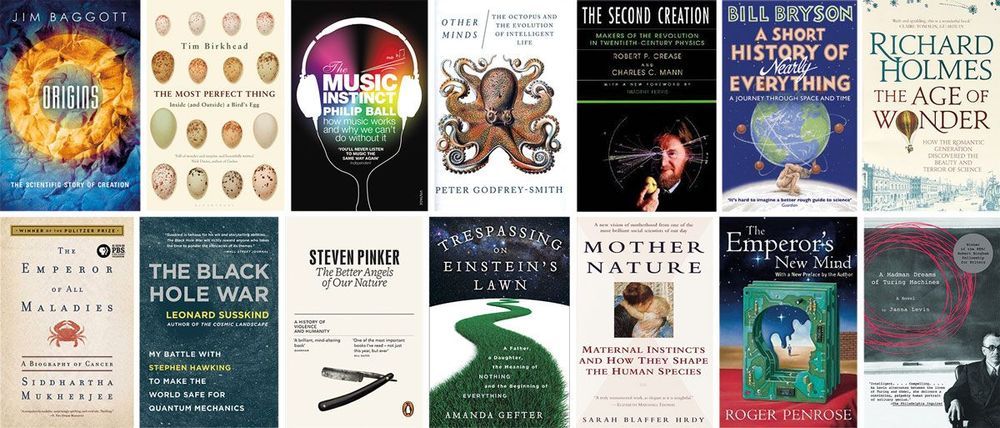
To compile the ultimate science reading list, Tushna Commissariat talks to some of today’s top physicists, writers and broadcasters.
“What an astonishing thing a book is. It’s a flat object made from a tree with flexible parts on which are imprinted lots of funny dark squiggles. But one glance at it and you’re inside the mind of another person, maybe somebody dead for thousands of years. Across the millennia, an author is speaking clearly and silently inside your head, directly to you.”
Astronomer, science communicator and author Carl Sagan always had a way with words, and it’s no surprise that he sums up so well the magic of books and writing. From the very first issue of Physics World, this magazine has featured a vibrant reviews section, in which we look at some of the most interesting physics literature being published.

Caltech’s Katherine L. (Katie) Bouman has been named a recipient of the 2020 Breakthrough Prize for Fundamental Physics as part of the Event Horizon Telescope (EHT) team that generated the first-ever image of a black hole, while Xie Chen and Xinwen Zhu have each received 2020 New Horizons prizes from the same foundation for their work in physics and mathematics, respectively.
The Breakthrough Prize, now in its eighth year, is considered the world’s most generous science prize. Each Breakthrough Prize is $3 million and the 347 authors of the six EHT papers will divide the award.
“I was stunned and absolutely thrilled to hear the news,” says Bouman, assistant professor of computing and mathematical sciences and Rosenberg Scholar in Caltech’s Division of Engineering and Applied Science. “I’m so lucky to work with an amazingly talented group of individuals that continues to push the boundaries of science every day. It is such a privilege and an honor to share this award with each one of them.”

Another of those ‘new eras’ I talked about in yesterday’s post is involved in the latest news on gravitational waves. Let’s not forget that it was 50 years ago — on November 28, 1967 — that Jocelyn Bell Burnell and Antony Hewish observed the first pulsar, now known to be a neutron star. It made the news at the time because the pulses, separated by 1.33 seconds, raised a SETI possibility, leading to the playful designation LGM-1 (‘little green men’) for the discovery.
We’ve learned a lot about pulsars emitting beams at various wavelengths since then and the SETI connection is gone, but before I leave the past, it’s also worth recognizing that our old friend Fritz Zwicky, working with Walter Baade, first proposed the existence of neutron stars in 1934. The scientists believed that a dense star made of neutrons could result from a supernova explosion, and here we might think of the Crab pulsar at the center of the Crab Nebula, an object whose description fits the pioneering work of Zwicky and Baade, and also tracks the work of Franco Pacini, who posited that a rotating neutron star in a magnetic field would emit radiation. Likewise a pioneer, Pacini suggested this before pulsars had been discovered.
Writing about all this takes me back to reading Larry Niven’s story ‘Neutron Star,’ available in the collection by the same name, when it first ran in a 1966 issue of IF. Those were interesting days for IF, but I better cut that further digression off at the source — more about the magazine in a future post. ‘Neutron Star’ is the story where Beowulf Shaeffer, a familiar character in Larry’s Known Space stories, first appears. If you want to see a neutron star up close and learn what its tidal forces can do, you can’t beat Niven’s tale.

Yesterday (Sep 5, 2019), the Breakthrough Prize Foundation awarded $21.6 million US dollars to the scientists behind a stunning achievement. They imaged a black hole. Although the image was announced and released 5 months ago, the story is still unfolding.
Yesterday (Sep 5, 2019), the Breakthrough Prize Foundation awarded $21.6 million US dollars to the scientists behind a stunning achievement. They imaged a black hole. Although the image was announced and released 5 months ago, the story is still unfolding.
The Breakthrough Prize is funded by Russian-Israeli billionaire Yuri Milner. It is the highest-paying science prize for researchers in life science, math, and physics.
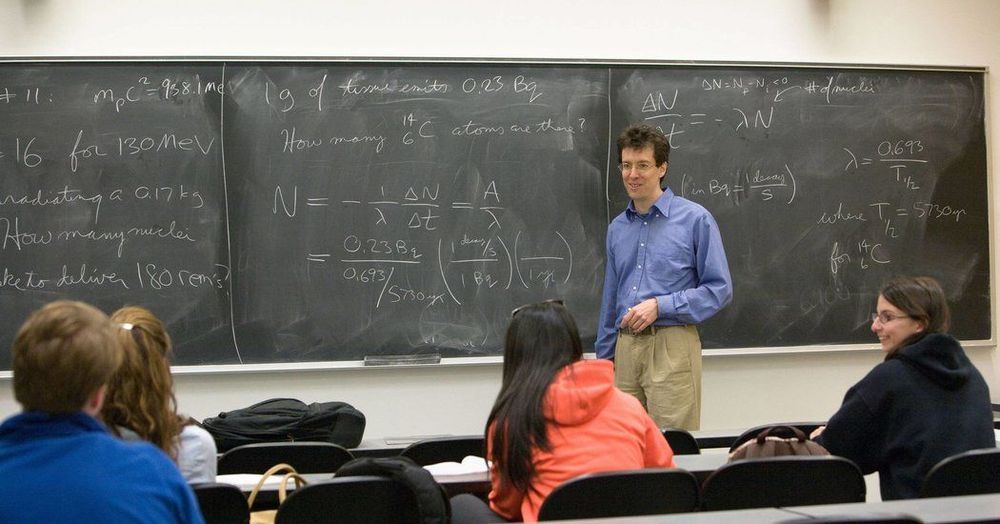

This year’s other prizes include four in the life sciences, a special prize in fundamental physics for the invention of supergravity, one winner in mathematics, and a handful of $100,000 awards for early career researchers. Recipients will be honored at an awards gala to be held on November 3 at the NASA Ames Research Center in Mountain View, California, and broadcast live on National Geographic.
A record-setting black hole picture and advances in how we perceive pain are among the winners of this year’s $3-million prizes.

In the mid-1800’s to the early 1900’s Tesla file for more than 110 patents in varying technologies. From his magnifying transmitter, than uses an air coil or vortex to generate massive voltages, to wireless transmissions of power which Tesla used to prove transmission of data, power, and even lighting a layer of the strata as early as 1900. For this reason many consider Nikola Tesla to be one of the most brilliant scientists the world have ever seen.
Tesla’s dynamic theory of gravity explains the relation between gravity and electromagnetics in the same field. This was due to the presence of aether, also known as ether, which is a space-filling medium that is necessary for the propagation of forces either through electromagnetic or gravitational in nature. In plain English, Aether is the medium necessary for any exchange on these levels. Also, Aether was removed from theory in modern physics and was replaced with more abstract models. In looking at Tesla’s ideas and results; it appears that modern physics is wrong.
In the late 1800’s Tesla presented his Dynamic Theory of Gravity, which was a model over matter, Aether, and energy. Tesla’s version of this medium is closer to the gas theory and has extreme elasticity and a very high permeability. He also felt that Aether was much more common and filled all of the space.